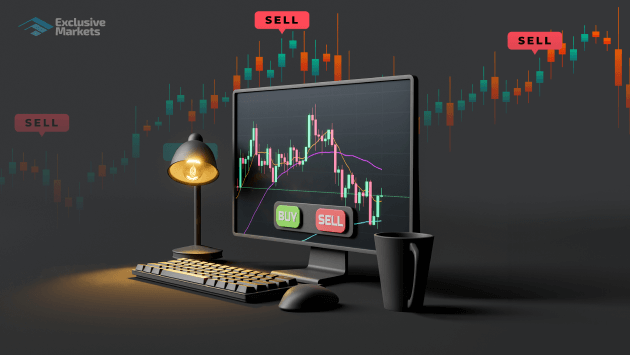Mastering the Market Your Ultimate Forex Trading School Guide

Welcome to the Forex Trading School: Your Pathway to Trading Success
In today’s fast-paced financial markets, the allure of forex trading has become remarkably compelling. As currencies fluctuate, traders find opportunities to profit on market movements. Whether you are a complete novice or a seasoned trader looking to refine your skills, a structured approach is essential. Our forex trading school LATAM Trading Brokers Forex Trading School aims to equip you with the knowledge and tools necessary for success in this dynamic environment.
Understanding the Forex Market
The foreign exchange market, commonly known as forex, is the largest financial market in the world. With an average daily trading volume exceeding $6 trillion, it operates 24 hours a day, five days a week. This decentralized market involves the buying and selling of currency pairs, where one currency is exchanged for another, allowing traders to speculate on changes in exchange rates.
The Basics of Forex Trading
To embark on your trading journey, it is crucial to understand basic terminologies like pips, lots, and leverage. A pip represents the smallest price movement in a currency pair, while a lot refers to the size of a trade. Leverage allows traders to control larger positions with a smaller capital outlay, amplifying both profit potential and risk.
Choosing a Trading Style
Forex trading can be approached through various strategies, and selecting one that suits your personality and lifestyle is pivotal. Here are the main trading styles:
- Scalping: Involves making numerous small trades to capture minor price movements throughout the day.
- Day Trading: Traders open and close positions within the same day, avoiding overnight exposure.
- Swing Trading: Focuses on capturing price swings that can last from a few days to several weeks.
- Position Trading: Involves holding trades for the long term, based on fundamental analysis and economic outlook.
Fundamental Analysis
Understanding economic indicators, central bank policies, and geopolitical events is essential for successful trading. Fundamental analysis involves analyzing these factors to predict currency movements. Key indicators include Gross Domestic Product (GDP), unemployment rates, inflation, and interest rates. By staying informed about these metrics, traders can make more educated decisions.
Technical Analysis
While fundamental analysis focuses on economic data, technical analysis centers on price movements using charts and indicators. Traders use various tools such as trend lines, support and resistance levels, moving averages, and relative strength indexes (RSI) to identify potential entry and exit points. Learning to read charts is a crucial skill every trader should develop.

Risk Management
Effective risk management is essential to sustain a trading career. This involves determining the maximum amount of capital you are willing to risk on each trade, typically recommended at 1% to 2%. Use of stop-loss orders, which automatically close trades at predetermined levels to limit losses, is an essential practice.
Building a Trading Strategy
Your trading strategy should combine elements from both fundamental and technical analysis. It should outline your entry and exit points, risk management rules, and conditions for taking trades. Developing a consistent trading plan helps to eliminate emotional decision-making and fosters discipline.
Choosing a Trading Broker
Selecting a reliable forex broker is a vital step in your trading journey. Factors to consider include regulatory compliance, trading platforms offered, spreads, commissions, leverage options, and customer service. Make sure to read reviews and possibly test the broker’s demo account before committing real funds.
Practice with a Demo Account
Before diving into live trading, practicing on a demo account is crucial. Most brokers offer demo accounts that simulate real-market conditions without risking real money. This experience can help you become familiar with the trading platform and develop your trading strategies free from financial pressure.
Continuous Learning and Adaptation
The forex market is continuously evolving due to economic changes and technological advancements. Continuous learning through webinars, online courses, and trading communities can keep your skills sharp. Adaptation to changing market dynamics is key to long-term success.
Conclusion
Becoming a successful trader does not happen overnight. It requires dedication, discipline, and a commitment to learning. By honing your skills through our Forex Trading School and adopting best practices, you can increase your chances of achieving your trading goals. Remember that every trader experiences ups and downs; what matters is how you respond and grow from those experiences.
Ready to Start Your Trading Journey?
Take the first step today by diving deeper into the world of forex trading. Equip yourself with the right knowledge and resources to navigate the complexities of the Forex market. Happy trading!
